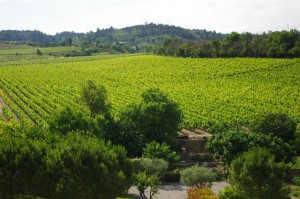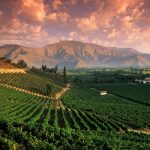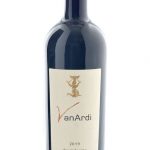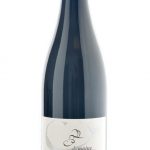
After nearly a century of slumber precipitated by the advent of phylloxera, France’s Languedoc has come roaring back. Once the source of much of France’s finest red wines, the Languedoc fell from oenological grace in the late 19th century. The area’s growers and cooperatives felt compelled to revitalize quickly after the scourge of phylloxera and began re-planting for yield and volume, rather than quality. Languedoc rapidly became the world’s source of oceans of ordinary plonk, a situation that lasted until the 1980s. But what a difference a few decades make. Since the 1980s Languedoc has undergone a veritable renaissance in viticulture. Today, much of the sins of the last century have been rectified, and a coterie of young growers and winemakers continue to push the envelope on quality in the Languedoc.
Premium varietals such as Syrah, Grenache, and Mourvèdre now complement or supplant the region’s old vine Carignan. Vineyards have been moved back up onto the hills, yields are being limited to insure quality and modern winemaking and viticultural practices now predominate. Moreover, organic farming and sustainable agricultural practices are flourishing in Languedoc. So great has been the transformation of France’s oldest and largest wine producing region that the red wines of Corbières, Minervois, and Pic Saint Loup in Languedoc presently constitutes some of the planet’s highest quality, most affordable wines. Be sure not to miss this trend or bypass Languedoc wines when searching for quality and value.
Don Lahey
photo credit: dvdbramhall via photopin cc





